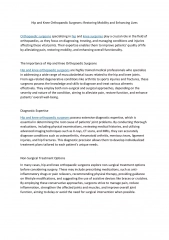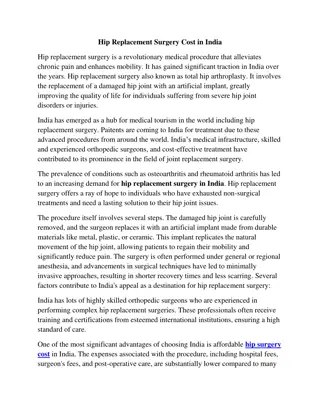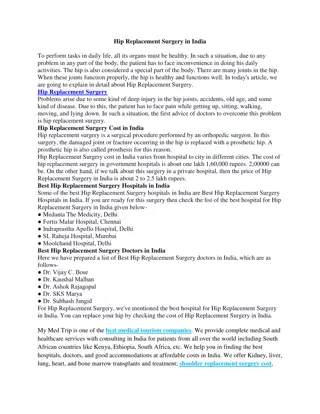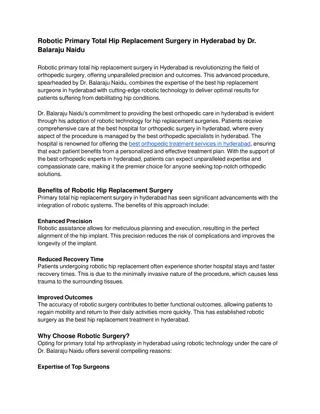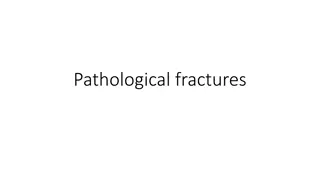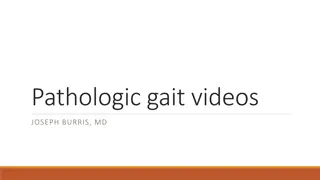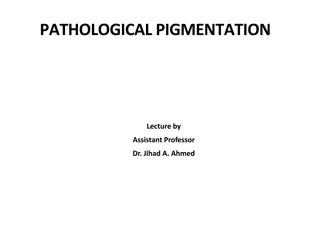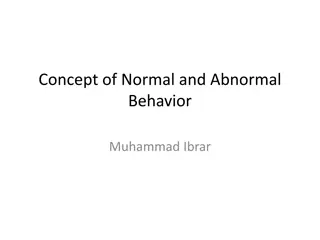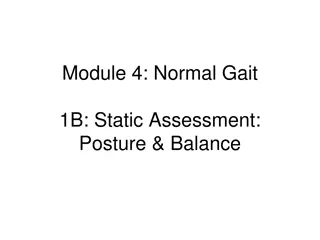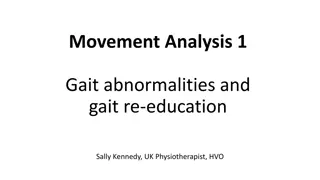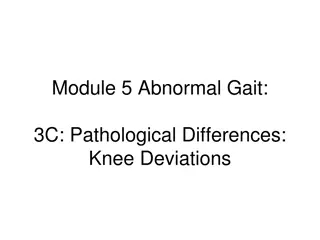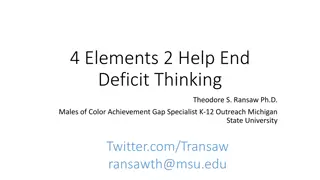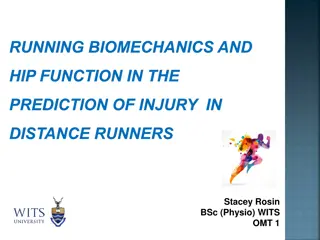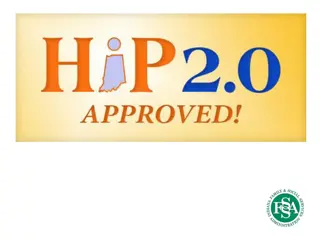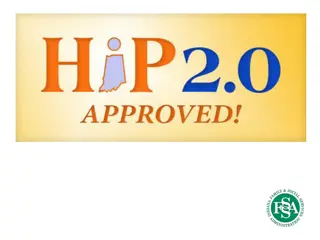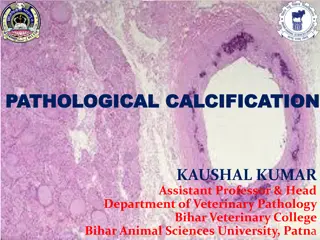Pathological Differences in Hip Joint Variations: Abnormal Gait Analysis
Understanding pathological gait variations related to hip joint differences is crucial in gait analysis. Excessive sagittal, coronal, and transverse plane motions impact stance and swing phases, leading to deviations in gait patterns. Excess flexion, limited flexion, past retraction, excess adduction, and other abnormalities can result in disruptions during different gait phases. Recognizing these variations helps in identifying and addressing gait abnormalities effectively.
Download Presentation

Please find below an Image/Link to download the presentation.
The content on the website is provided AS IS for your information and personal use only. It may not be sold, licensed, or shared on other websites without obtaining consent from the author.If you encounter any issues during the download, it is possible that the publisher has removed the file from their server.
You are allowed to download the files provided on this website for personal or commercial use, subject to the condition that they are used lawfully. All files are the property of their respective owners.
The content on the website is provided AS IS for your information and personal use only. It may not be sold, licensed, or shared on other websites without obtaining consent from the author.
E N D
Presentation Transcript
Module 5 Abnormal Gait 3D: Pathological Differences: Hip Joint Variations
References Perry, J and Burnfield, J. (2010). Gait Analysis: Normal and Pathological Function 2ndEdition. Chs 13 and 14. Hsu, JD; Michael, JW and Fisk, JR. (2008) Atlas of Orthoses and Assistive Devices, 4thedition. Ch 5, pgs 74 to 80.
Agenda Pathological Gait: Hip Variations A. Excessive Sagittal Plane Motions 1. Excess Flexion 2. Limited Flexion 3. Past Retract B. Excessive Coronal Plane Motions 1. Excess Adduction 2. Excess Abduction C. Excessive Transverse Plane Motions 1. Excess External Rotation 2. Excess Internal Rotation
A. Excessive Sagittal Plane Motions 1. Excess Flexion Disrupts: IC, LR, Mid Stance, Terminal Stance and Mid Swing During Stance, increases demand on hip extensors and quads and may increase lumbar lordosis Adult vs. child lordosis Crouched posture!
A. Excessive Sagittal Plane Motions, continued 1. Excess Flexion, continued During Pre Swing, thigh advances rapidly and prematurely initiates swing During Mid Swing, often used to assist toe clearance with excess PF
A. Excessive Sagittal Plane Motions, continues 2. Limited Flexion Disrupts: IC; LR; Initial, Mid- and Terminal Swing Usually due to lack of active or selective hip flexor control May result in loss of speed and step length Substitutions include: Posterior Pelvic Tilt with abdominals Circumduction Voluntary excess knee flexion
A. Excessive Sagittal Plane Motions, Past Retract 3. Past Retract Disrupts: Terminal Swing Voluntary mechanism to ensure the knee is in extension for IC
B. Excessive Coronal Plane Motions, Excess Adduction 1. Excess Adduction Disrupts: Stance and Swing Stance = narrow base Swing = scissor gait vs. Pseudoadduction How to differentiate?
B. Excessive Coronal Plane Motions, Excess Abduction 2. Excess Abduction Disrupts: Stance or Swing Stance = widens base of support Swing = assists with foot clearance During Stance, increases stability but at cost of efficiency How to differentiate Abducted or Wide Base Gait from Circumduction ?
C. Excessive Transverse Plane Motions 1. Excess External Rotation Disrupts: Stance and Swing Provides: Wider base of support Easier to get over forefoot rocker Assists foot clearance Toe-out Increases stress on ligaments of hip and knee during Stance 2. Excess Internal Rotation Disrupts: Stance and Swing Toe-in Increases stress on ligaments
Hip Joint - Sagittal Plane
Pedorthic Program of Study This workforce product was funded by a grant awarded by the U.S. Department of Labor s Employment and Training Administration. The product was created by the grantee and does not necessarily reflect the official position of the U.S. Department of Labor. The U.S. Department of Labor makes no guarantees, warranties, or assurances of any kind, express or implied, with respect to such information, including any information on linked sites and including, but not limited to, accuracy of the information or its completeness, timeliness, usefulness, adequacy, continued availability, or ownership. Produced 2016. HOPE Careers Consortium is a partnership of five institutions of higher education that is building exciting new programs that will provide valuable career education and training in the Orthotics, Prosthetics, and Pedorthics (O&P) sector. The five institutions are: Baker College Flint, Michigan; Century College White Bear Lake, Minnesota; Oklahoma State University Institute of Technology Okmulgee, Oklahoma; Spokane Falls Community College Spokane, Washington; and St. Petersburg College St. Petersburg, Florida. Although the authoring institution of this educational resource has made every effort to ensure that the information presented is correct, the institution assumes no liability to any party for any loss, damage, or disruption caused by errors or omissions. Except where otherwise noted, this work by St. Petersburg College is licensed under the Creative Commons Attribution 4.0 International License. To view a copy of this license, click on the following link: Creative Commons Licenses 4.0.


